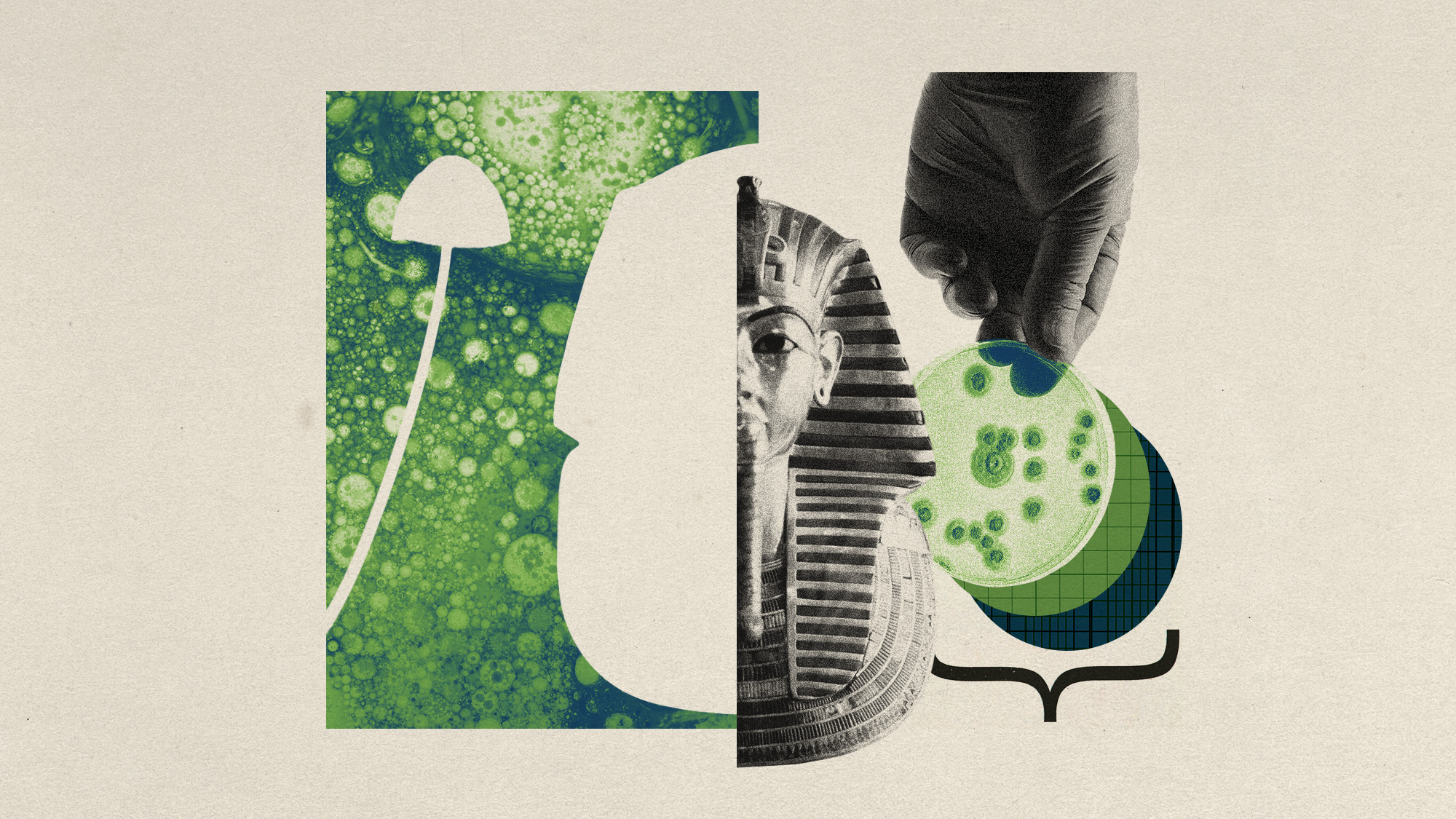‘Pink drink’: new hope for cancer treatment being rolled out across the NHS
Tumour-detecting tool championed by Tessa Jowell could prolong thousands of patients’ lives

A groundbreaking “pink drink” that enables surgeons to detect and locate brain tumours is offering new hope to cancer patients after being rolled out across the NHS.
The treatment, otherwise known as 5-ALA, contains a fluorescent dye that glows under certain conditions and can be used to highlight cancerous cell clusters in the brain.
According to ITV News, research shows that whole tumours can be successfully removed in 70.5% of cases where the drink is used, compared with around 30% without it.
The Week
Escape your echo chamber. Get the facts behind the news, plus analysis from multiple perspectives.

Sign up for The Week's Free Newsletters
From our morning news briefing to a weekly Good News Newsletter, get the best of The Week delivered directly to your inbox.
From our morning news briefing to a weekly Good News Newsletter, get the best of The Week delivered directly to your inbox.
The rollout of the drug comes a year after the death of Labour peer Baroness Tessa Jowell from glioblastoma, the most common cancerous brain tumour in adults. During her battle against the disease, Jowell fought for the use of 5-ALA in NHS institutions, urging lawmakers to facilitate its introduction.
Announcing the move, Health Secretary Matt Hancock said: “Tessa Jowell fought passionately and courageously for more recognition of rare brain cancers before she tragically passed away last year.
“I am proud to announce we have now rolled out this groundbreaking treatment aid across the country, transforming care for 2,000 patients every year - a fitting testament to Tessa’s memory.”
So exactly how does the game-changing tool work?
A free daily email with the biggest news stories of the day – and the best features from TheWeek.com
What is it?
Pink drink is the nickname for 5-ALA, or 5-aminolevulinic acid, a naturally occurring amino acid involved in the regulation of chlorophyll in plants. Once extracted, the acid can be taken in the form of a drink.
Although the drink does not look pink to the human eye, it glows fluorescent pink when ultraviolet light is shone on it. Once inside the body, it builds up in tumourous cancer cells in the brain, allowing surgeons to see which areas of the brain are affected.
The University of Bristol reports that once consumed, 5-ALA “accumulates in fast-growing cancer cells”, meaning it is especially effective as a cancer-identifying tool in sufferers of “high grade” brain cancers that are spreading quickly.
What difference will it make?
Currently, surgery is the standard treatment for the vast majority of people with high-grade brain cancers. But removing as much of the cancer as possible can pose a major challenge for surgeons, who need to to identify all of the cancer cells while avoiding healthy brain tissue.
According to The Brain Tumour Charity, 5-ALA has been shown to greatly aid neurosurgeons in “achieving a higher percentage of successful tumour removal” by helping them distinguish the most aggressive cancer cells from other brain tissue.
As a result, more patients need less or no chemotherapy and radiotherapy, reducing the suffering associated with such treatments.
“Chemotherapy and radiotherapy are highly toxic and have a significant impact on the person’s health, energy levels and appearance,” the charity says.
Since 5-ALA tends to cluster in high-grade brain cancers, it may also enable surgeons to faster determine the course of action for treatment, without having to wait for pathology results to confirm the tumours’ grade, adds The Independent.
Emma Greenwood, Cancer Research UK’s director of policy and public affairs, said: “Brain tumours remain a huge challenge, with survival barely improving over the last 30 years, and making 5-ALA available across the NHS is one of Dame Tessa Jowell’s many legacies.”
-
 The elite falcon trade in the Middle East
The elite falcon trade in the Middle EastUnder the Radar Popularity of the birds of prey has been ‘soaring’ despite doubts over the legality of sourcing and concerns for animal welfare
-
 A running list of the international figures Donald Trump has pardoned
A running list of the international figures Donald Trump has pardonedin depth The president has grown bolder in flexing executive clemency powers beyond national borders
-
 Mixed nuts: RFK Jr.’s new nutrition guidelines receive uneven reviews
Mixed nuts: RFK Jr.’s new nutrition guidelines receive uneven reviewsTalking Points The guidelines emphasize red meat and full-fat dairy
-
 The truth about vitamin supplements
The truth about vitamin supplementsThe Explainer UK industry worth £559 million but scientific evidence of health benefits is ‘complicated’
-
 How dangerous is the ‘K’ strain super-flu?
How dangerous is the ‘K’ strain super-flu?The Explainer Surge in cases of new variant H3N2 flu in UK and around the world
-
 Covid-19 mRNA vaccines could help fight cancer
Covid-19 mRNA vaccines could help fight cancerUnder the radar They boost the immune system
-
 The ‘menopause gold rush’
The ‘menopause gold rush’Under the Radar Women vulnerable to misinformation and marketing of ‘unregulated’ products
-
 Deadly fungus tied to a pharaoh's tomb may help fight cancer
Deadly fungus tied to a pharaoh's tomb may help fight cancerUnder the radar A once fearsome curse could be a blessing
-
 'Poo pills' and the war on superbugs
'Poo pills' and the war on superbugsThe Explainer Antimicrobial resistance is causing millions of deaths. Could a faeces-filled pill change all that?
-
 How the care industry came to rely on migrant workers
How the care industry came to rely on migrant workersThe Explainer Government crackdown on recruiting workers abroad risks deepening care sector crisis, industry leaders warn
-
 Could medics' misgivings spell the end of the assisted dying bill?
Could medics' misgivings spell the end of the assisted dying bill?Today's Big Question The Royal College of Psychiatrists has identified 'serious concerns' with the landmark bill – and MPs are taking notice